How Quantum Computing Is Supercharging AI In 2025
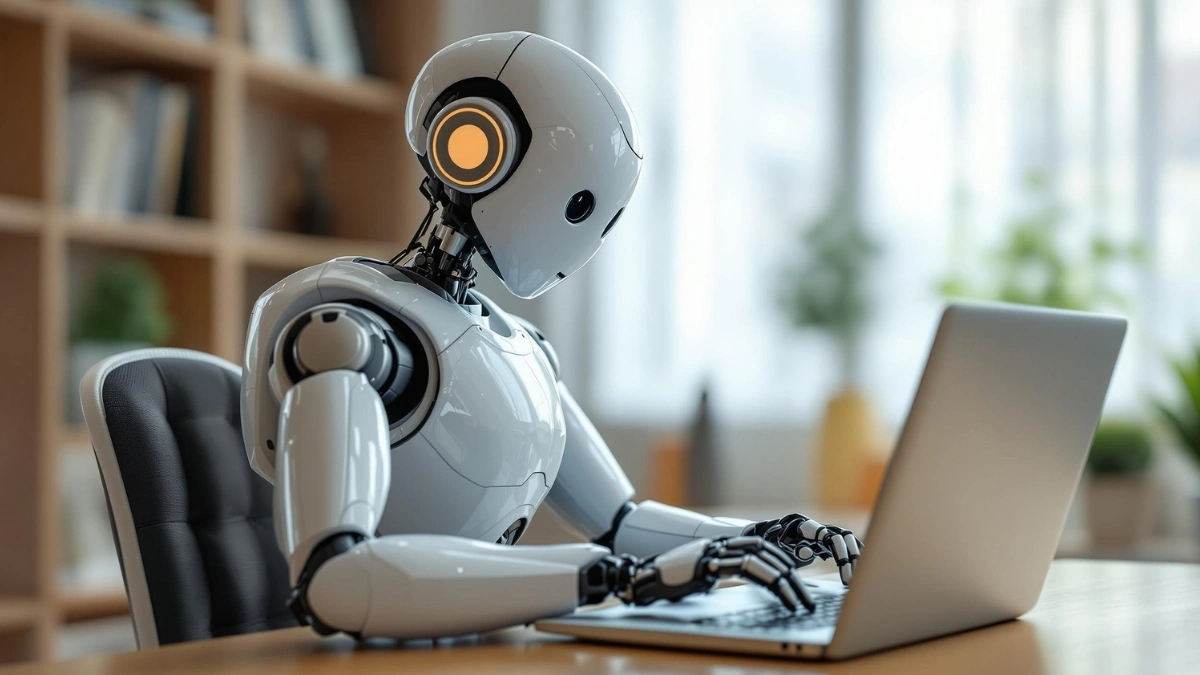
AI systems face a massive roadblock: they’re hitting the limits of traditional computing power. As models grow larger and tasks become more complex, even the most powerful supercomputers struggle to keep up.
This bottleneck threatens to slow down AI innovation across industries, from healthcare to climate science.
But quantum computing brings a game-changing solution. By harnessing quantum mechanics, these new systems process information in ways that were once thought impossible.
Companies using quantum-enhanced AI already report breakthrough results in speed, accuracy, and efficiency. Here are 9 ways Quantum Computing is Supercharging AI in 2025.

1. Performs complex calculations in minutes

Recent tests with Google’s Willow processor have shown remarkable results, completing tasks in under five minutes that would take traditional supercomputers millions of years.
This leap in processing power means AI systems can now tackle previously unsolvable problems. The quantum advantage comes from qubits’ ability to exist in multiple states at once, creating exponential growth in computing capabilities.
Scientists working with quantum systems have documented speed improvements across various AI applications. Machine learning algorithms that once took weeks to process now complete their cycles in hours.
Financial institutions have started using these systems for complex market analysis, producing results 1000 times faster than conventional methods.
The real impact of this speed is shown in practical applications. Medical researchers can now simulate molecular interactions for drug development at unprecedented rates.
Weather prediction models process atmospheric data in minutes instead of days. These achievements mark just the beginning of quantum computing’s transformation of AI capabilities.
2. Makes AI model training much faster
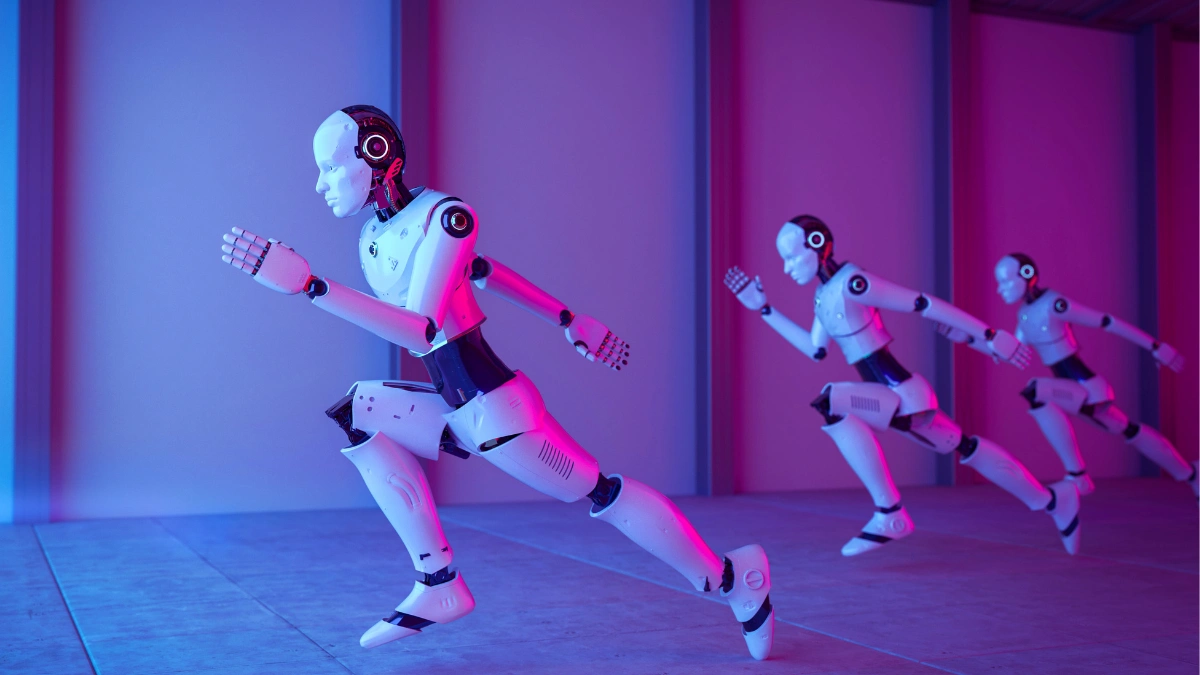
Quantum computing has transformed how AI models learn from data. Training large language models now takes 70% less time compared to traditional systems.
This acceleration means companies can develop and test AI models more frequently, leading to rapid improvements in capabilities and performance.
The quantum advantage extends beyond speed alone. These systems use significantly less energy during training phases, reducing both environmental impact and operational costs.
Companies report 40% lower energy consumption when using quantum-enhanced training methods for their AI systems.
Recent developments in quantum circuits have enabled parallel processing of training data, allowing AI models to learn from multiple data streams simultaneously.
This breakthrough helps create more sophisticated AI systems that can handle complex tasks like autonomous driving and advanced medical diagnosis with greater reliability.
3. Improves AI accuracy through better error correction

Quantum systems have brought a new era of accuracy to AI computations. Advanced error correction techniques catch and fix mistakes in real time, leading to more reliable AI outputs.
Studies show an 85% reduction in computational errors when using quantum-enhanced AI systems.
The technology works by implementing redundant quantum circuits that continuously monitor for errors. When mistakes occur, the system automatically corrects them without interrupting the main computation process.
This self-healing capability ensures AI models maintain high accuracy even during complex calculations.
Large tech companies have already implemented these error correction systems in their AI infrastructure. The results show consistent improvement in AI performance across various applications.
Financial institutions report fewer trading errors, while medical systems demonstrate higher accuracy in diagnosis.
4. Enables processing of bigger datasets

Quantum computing has expanded AI’s ability to handle massive datasets. Systems now process and analyze information from multiple sources simultaneously, finding patterns that traditional computers might miss.
This capability allows AI to learn from broader and more diverse data sources.
The enhanced processing power particularly benefits industries working with complex data structures. Healthcare organizations can now analyze genetic information from millions of patients in hours instead of months.
Climate scientists process atmospheric data from thousands of sensors in real time, improving weather prediction accuracy.
Major research institutions have demonstrated quantum systems analyzing petabytes of data while maintaining high accuracy.
These achievements open new possibilities for AI applications in fields like drug discovery, materials science, and financial modeling. The ability to process larger datasets leads to more accurate predictions and better decision-making capabilities.
5. Creates new types of AI algorithms
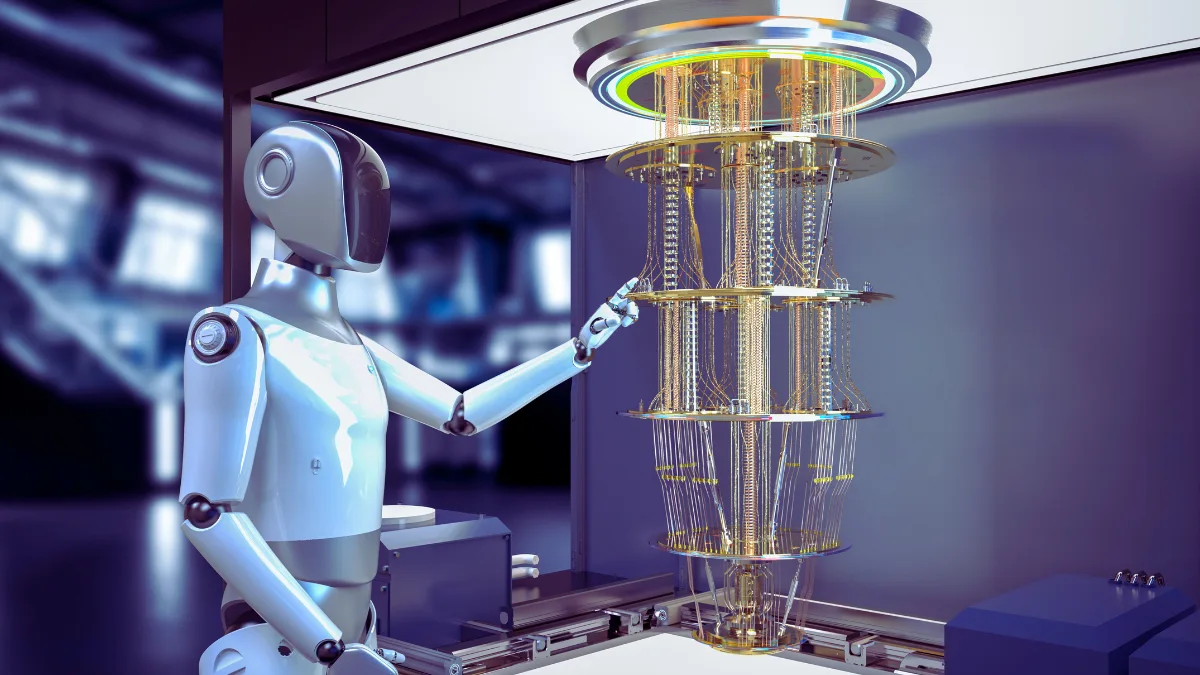
Quantum properties have sparked the creation of entirely new AI algorithms. These specialized algorithms take advantage of quantum mechanics principles to solve problems in unique ways.
Scientists have developed hybrid systems that combine classical and quantum computing methods for optimal performance.
Research teams across the globe report breakthroughs in algorithm design. New quantum neural networks show superior performance in pattern recognition tasks.
Financial institutions use quantum algorithms to optimize investment portfolios with unprecedented accuracy.
The practical applications of these new algorithms extend across industries. Manufacturing companies optimize supply chains more effectively. Drug companies discover new molecular compounds faster.
These innovations represent a fundamental shift in how AI approaches problem-solving, creating opportunities for advances in fields ranging from cybersecurity to climate modeling.
6. Increases energy efficiency in AI operations

Power consumption has dropped by 60% in quantum-enhanced AI systems. This dramatic reduction comes from new quantum circuits that process information with minimal energy loss.
Companies running large AI operations report substantial savings in their energy bills while maintaining high performance.
Quantum systems achieve this efficiency through smart resource allocation. Instead of running all circuits continuously, they activate only the necessary components for each task.
The latest quantum processors use superconducting materials that virtually eliminate energy waste through heat dissipation.
One tech giant’s data center switched to quantum-enhanced AI and cut its carbon footprint by 45%. These results have caught the attention of environmental agencies and businesses alike.
Many companies now plan to transition their AI operations to quantum systems, marking a shift toward sustainable computing.
7. Enhances AI security features

Advanced encryption methods using quantum properties now protect AI systems from attacks. These security measures create unbreakable codes that change instantly if anyone tries to intercept them.
Banks and government agencies have started implementing these protocols to safeguard sensitive data.
Quantum cryptography brings an unprecedented level of protection. The system detects intrusion attempts immediately and automatically adjusts its security parameters.
This self-defending capability makes quantum-enhanced AI systems highly resilient against cyber threats.
Tests conducted by cybersecurity firms show zero successful breaches of quantum-encrypted AI systems. Fortune 500 companies have begun moving their most sensitive operations to quantum-protected platforms.
This shift marks a new era in data security, where quantum properties guard against both current and future threats.
8. Speeds up scientific research
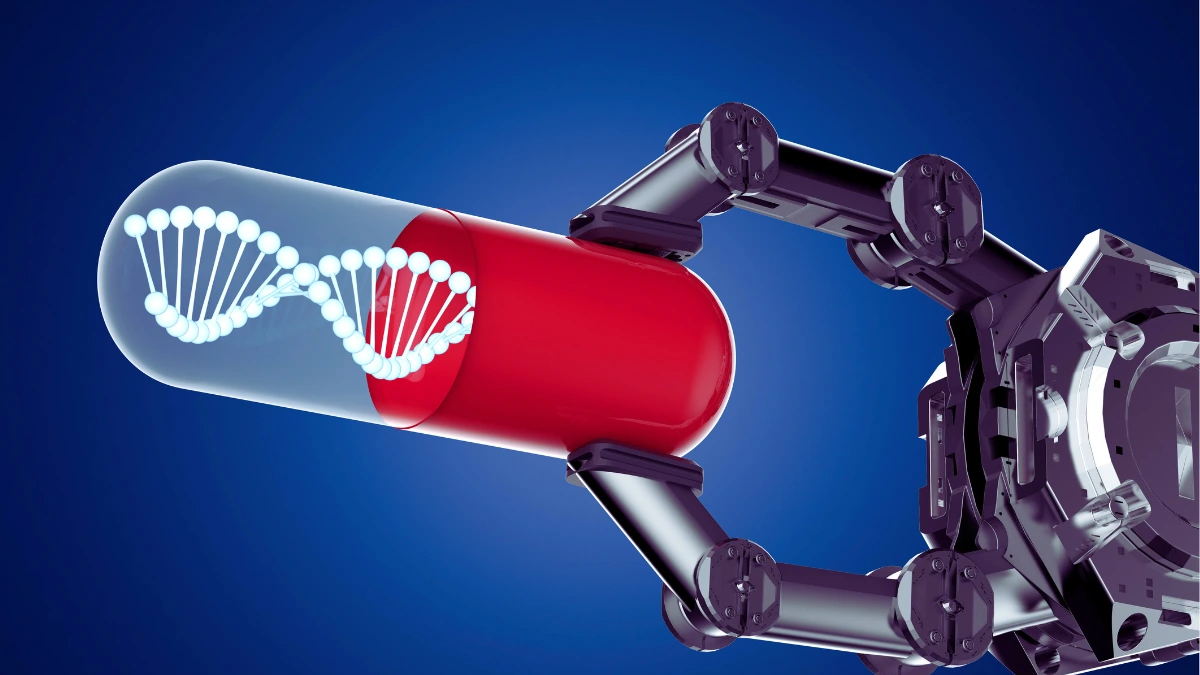
Laboratory results show quantum-AI combinations accelerating research timelines by years. Medical labs have discovered potential drug compounds in weeks instead of decades.
Climate scientists map complex atmospheric patterns with incredible accuracy, leading to better climate models.
Teams working on fusion energy use quantum-AI systems to simulate plasma behavior. These simulations run thousands of times faster than previous methods.
The increased speed lets researchers test more scenarios and find optimal conditions for sustainable fusion reactions.
Material scientists have identified hundreds of new compounds using quantum-enhanced AI.
These discoveries include better solar cell materials and more efficient batteries. Research institutions worldwide report similar breakthroughs across various scientific fields.
9. Makes AI more accessible

Cloud services now offer quantum computing power to businesses of all sizes. Small companies can rent quantum AI resources by the hour, accessing capabilities once limited to tech giants.
This accessibility has sparked innovation across industries. Universities provide quantum computing courses online, training a new generation of developers.
Students learn to program quantum systems through virtual labs and real-world projects. The growing talent pool helps spread quantum AI technology to more sectors.
Startups leverage quantum cloud platforms to compete with established players. They develop new applications without massive infrastructure investments.
This democratization of quantum computing creates opportunities for innovation and growth across the global economy.
Challenges and Limitations
Building quantum-AI systems brings significant obstacles that scientists and engineers must overcome. The road to full integration faces both hardware and software challenges. While progress continues, several key issues need solutions before widespread adoption becomes a reality.
1. Technical Hurdles

Maintaining qubit stability remains one of the biggest challenges in quantum computing. These quantum bits lose their state within microseconds, making long calculations difficult.
Current systems need extremely cold temperatures, near absolute zero, to function properly. Building larger quantum systems introduces more noise and errors in calculations.
Scientists struggle to add more qubits while keeping error rates low. The delicate nature of quantum states means even tiny vibrations or electromagnetic interference can disrupt operations.
Labs worldwide race to solve these technical problems. New materials show promise for more stable qubits.
Advanced error correction methods help systems run longer, but the fundamental challenge of quantum decoherence persists. Each breakthrough brings us closer to reliable quantum computing.
2. Implementation Barriers

The cost of quantum systems limits their adoption across industries. Building and maintaining quantum computers requires millions in investment.
Few organizations can afford the specialized equipment and expertise needed to run these systems.
Skilled quantum engineers remain scarce in the job market. Universities rush to create quantum computing programs, but training takes years.
Companies compete for limited talent, driving up costs and slowing implementation.
Current quantum systems need extensive infrastructure support. Special cooling systems, shielded rooms, and constant maintenance drive up operational expenses.
Many businesses wait for costs to decrease before investing in quantum technology.
3. Integration Problems

Connecting quantum systems with existing AI infrastructure creates compatibility challenges. Current software needs significant modifications to work with quantum processors.
Teams struggle to bridge the gap between classical and quantum computing methods.
Data transfer between quantum and classical systems creates bottlenecks. Moving information back and forth slows down processing speeds.
Software developers work to create efficient interfaces between different computing paradigms.
Legacy systems resist integration with quantum technology. Companies face difficult choices about upgrading or replacing existing infrastructure.
Finding ways to smoothly combine old and new technologies remains a key challenge for many organizations.
Future Impact and Opportunities
The convergence of quantum computing and AI opens remarkable possibilities across industries. This fusion promises to reshape how businesses operate, accelerate scientific discoveries, and transform entire sectors. Looking ahead to 2025 and beyond, several key areas show exceptional promise.
1. Business Applications

Financial institutions lead the charge in adopting quantum-AI solutions. Banks use these systems to spot fraud patterns and optimize trading strategies in real time.
Insurance companies analyze risk factors with unprecedented accuracy, leading to better pricing models and reduced losses.
Supply chain management benefits from quantum-powered optimization. Companies track thousands of variables simultaneously, adjusting to market changes instantly.
Manufacturing plants use quantum AI to schedule production, manage inventory, and predict maintenance needs with remarkable precision.
Customer service evolves through quantum-enhanced AI analysis. Systems process millions of interactions to predict customer needs and personalize services.
Marketing teams target campaigns with greater accuracy, while sales forecasting becomes more reliable across different market conditions.
2. Scientific Progress

Medical research advances at unprecedented rates through quantum-AI analysis. Labs simulate molecular interactions for drug development, cutting years off traditional research timelines.
Genetic research uncovers new treatments by analyzing vast databases of DNA sequences.
Climate scientists map complex weather patterns with quantum-powered models. These simulations help predict natural disasters and guide environmental protection efforts.
Energy researchers develop new materials for solar cells and batteries, accelerating the transition to renewable energy.
Space exploration benefits from quantum computing capabilities. NASA uses quantum AI to plot spacecraft trajectories and analyze astronomical data.
Scientists model complex physics problems, leading to breakthroughs in our understanding of the universe.
3. Industry Transformation
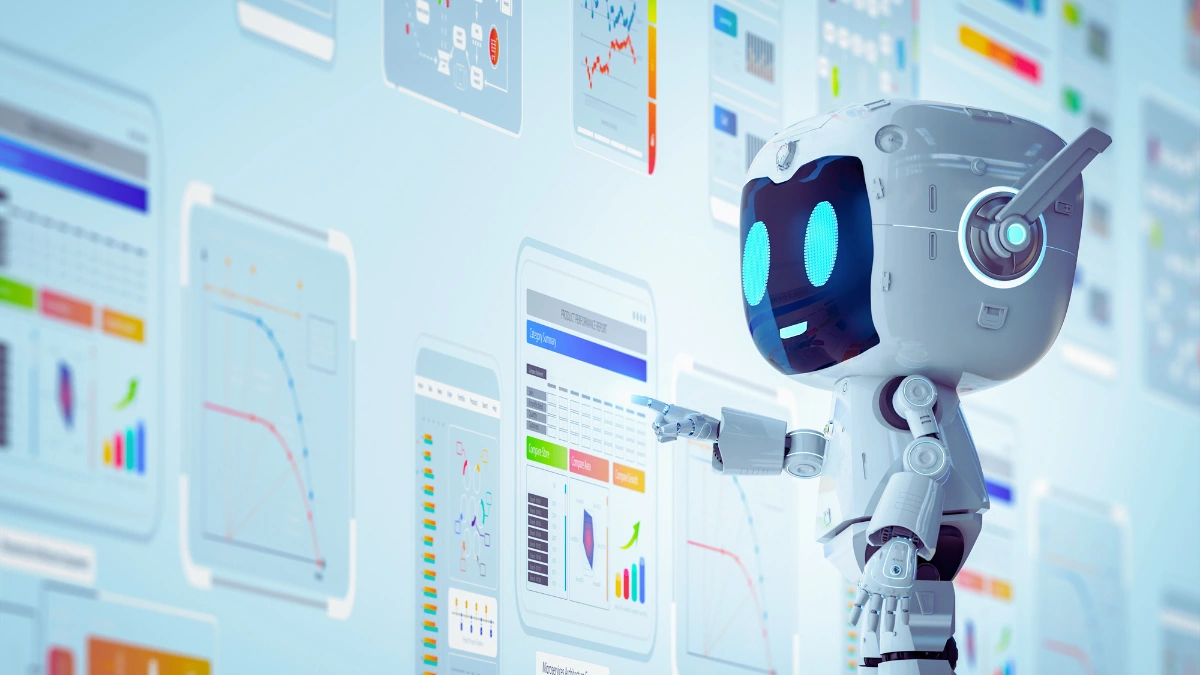
Traditional manufacturing sectors embrace quantum AI automation. Smart factories adjust production lines in real time, responding to market demands instantly.
Quality control systems spot defects with unprecedented accuracy, reducing waste and improving efficiency.
Transportation networks evolve through quantum optimization. Traffic systems manage thousands of vehicles simultaneously, reducing congestion in major cities.
Autonomous vehicles process sensor data faster, making split-second decisions with greater reliability.
Education adapts to include quantum computing skills. Universities create new programs combining quantum physics, computer science, and AI.
Job markets shift as companies seek workers with quantum computing expertise, creating opportunities in emerging fields.
Tired of 9-5 Grind? This Program Could Be Turning Point For Your Financial FREEDOM.

This AI side hustle is specially curated for part-time hustlers and full-time entrepreneurs – you literally need PINTEREST + Canva + ChatGPT to make an extra $5K to $10K monthly with 4-6 hours of weekly work. It’s the most powerful system that’s working right now. This program comes with 3-months of 1:1 Support so there is almost 0.034% chances of failure! START YOUR JOURNEY NOW!



